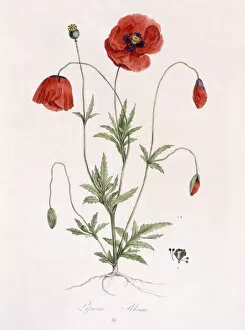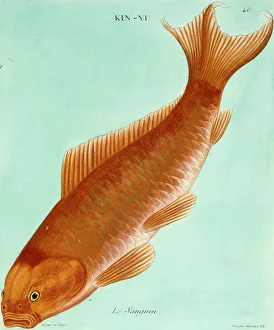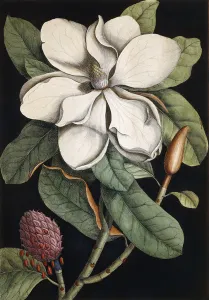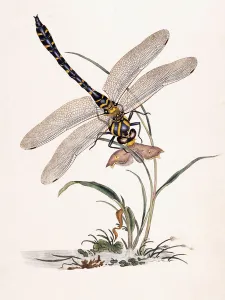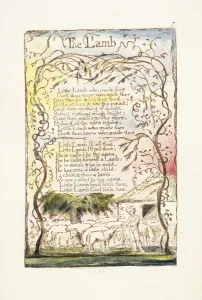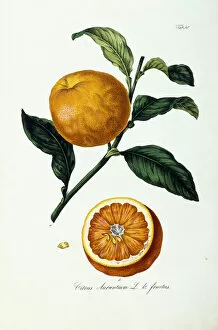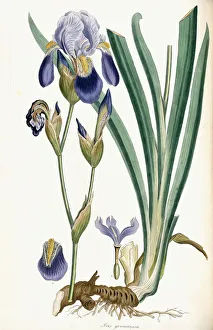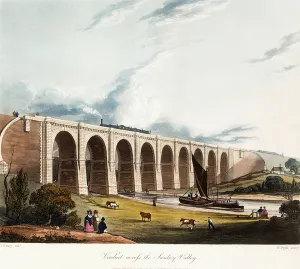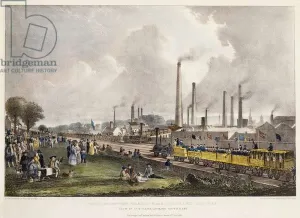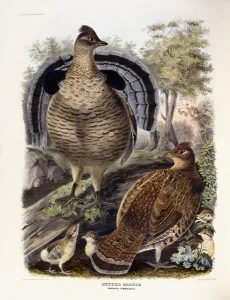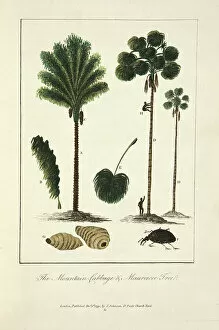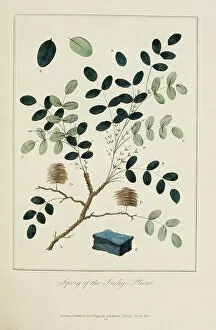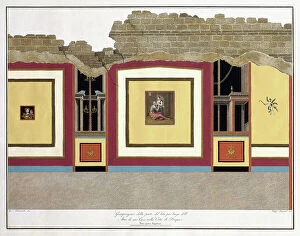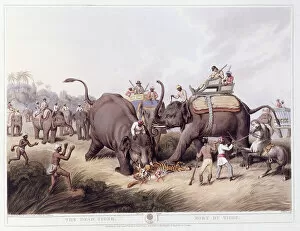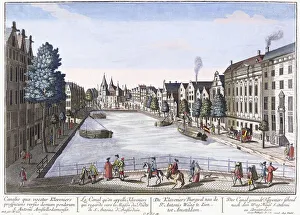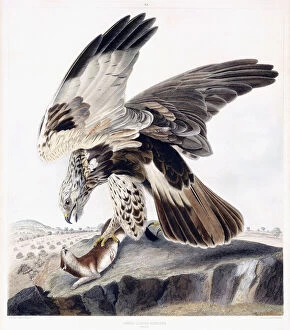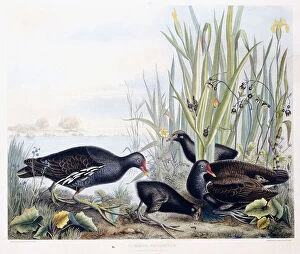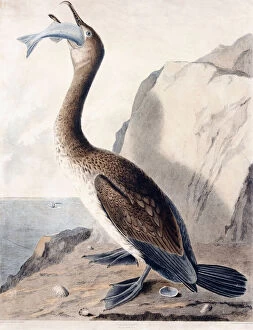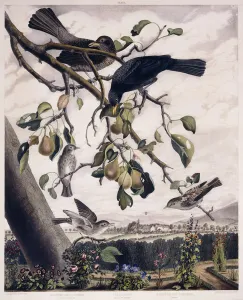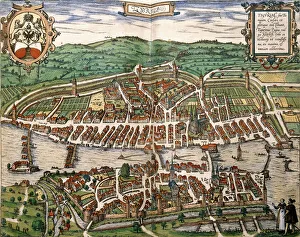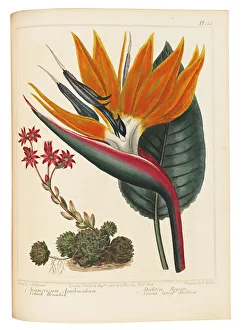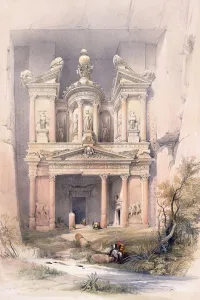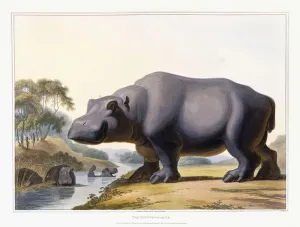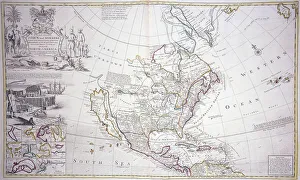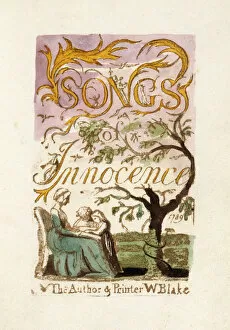Hand Coloring Collection
"Hand Coloring: A Vibrant Artistic Technique Through the Ages" Throughout history, artists have employed the technique to bring life and vibrancy to their creations
All Professionally Made to Order for Quick Shipping
"Hand Coloring: A Vibrant Artistic Technique Through the Ages" Throughout history, artists have employed the technique to bring life and vibrancy to their creations. From botanical illustrations to architectural engravings, this method has allowed for a stunning array of colors and textures that captivate the viewer's eye. In 1828, a hand-colored lithograph titled "Orange Fruit" showcased the lusciousness of citrus aurantium, commonly known as orange fruit. The artist skillfully enhanced its natural hues with delicate brushstrokes, creating a visually appealing masterpiece. Another example from 1847 is "Iris Germanica, " an enchanting hand-colored engraving that beautifully captures the intricate details of this elegant flower. By carefully adding pigments onto each petal and leaf, the artist transformed it into a breathtaking work of art. The use of color aquatints combined with manual coloring can be seen in "Viaduct across the Sankey Valley" from 1831. This technique added depth and richness to the print, highlighting every architectural detail and making it come alive before our eyes. In "Laurel Tree, " created between 1731-1743 using hand-colored etching techniques, we witness nature's beauty brought forth through vibrant shades. The meticulous application of watercolors enhances every leaf and branch while preserving its organic essence. Moving on to wildlife depictions, "Ruffed Grouse" from 1865 showcases how hand-coloring lithographs can transform feathers into a mesmerizing display of patterns and textures. Each stroke brings out subtle nuances in coloration that make these creatures truly captivating. "The Lamb, " dating back to 1789, combines relief-etching with watercolor techniques resulting in an endearing portrayal full of tenderness. Hand-coloring adds warmth to this depiction while emphasizing its innocence and charm. Transporting us back in time is "View at St. Rollox Looking South East; Opening of the Glasgow and Garnkirk Railway.

